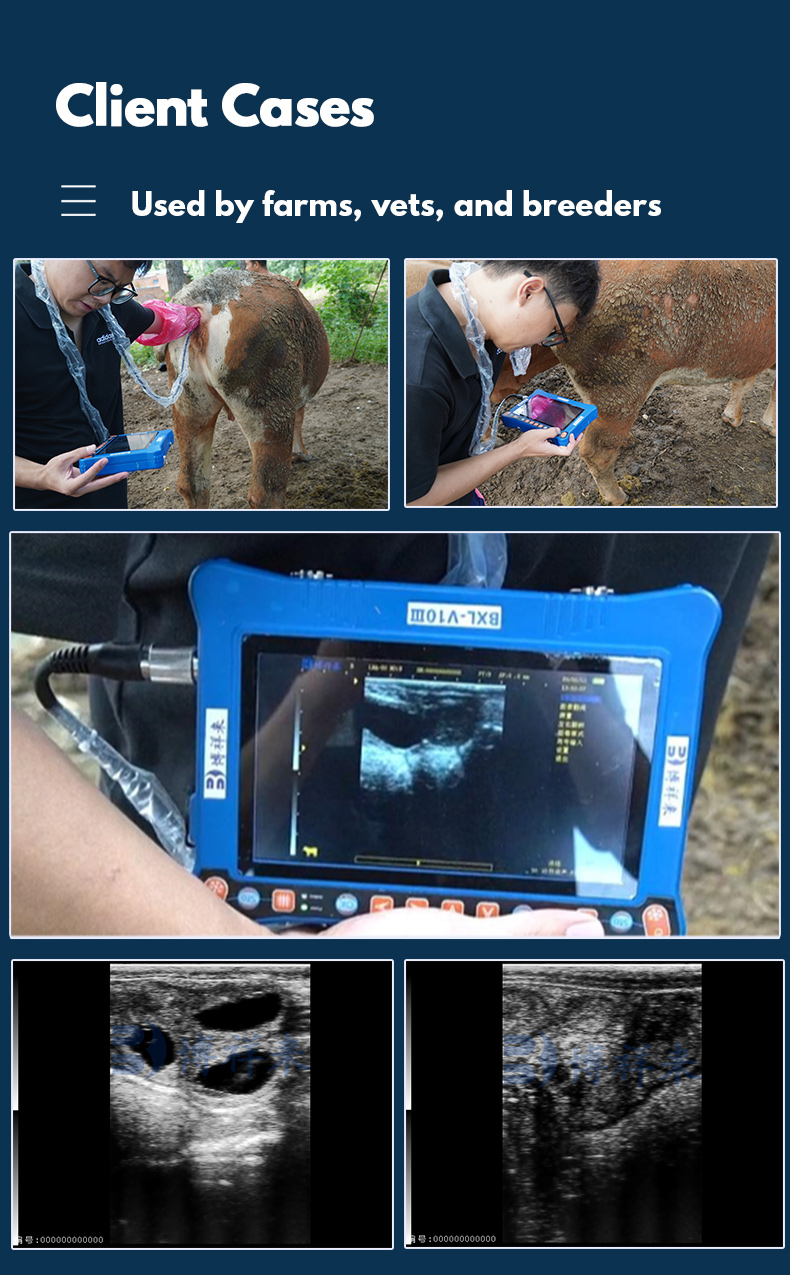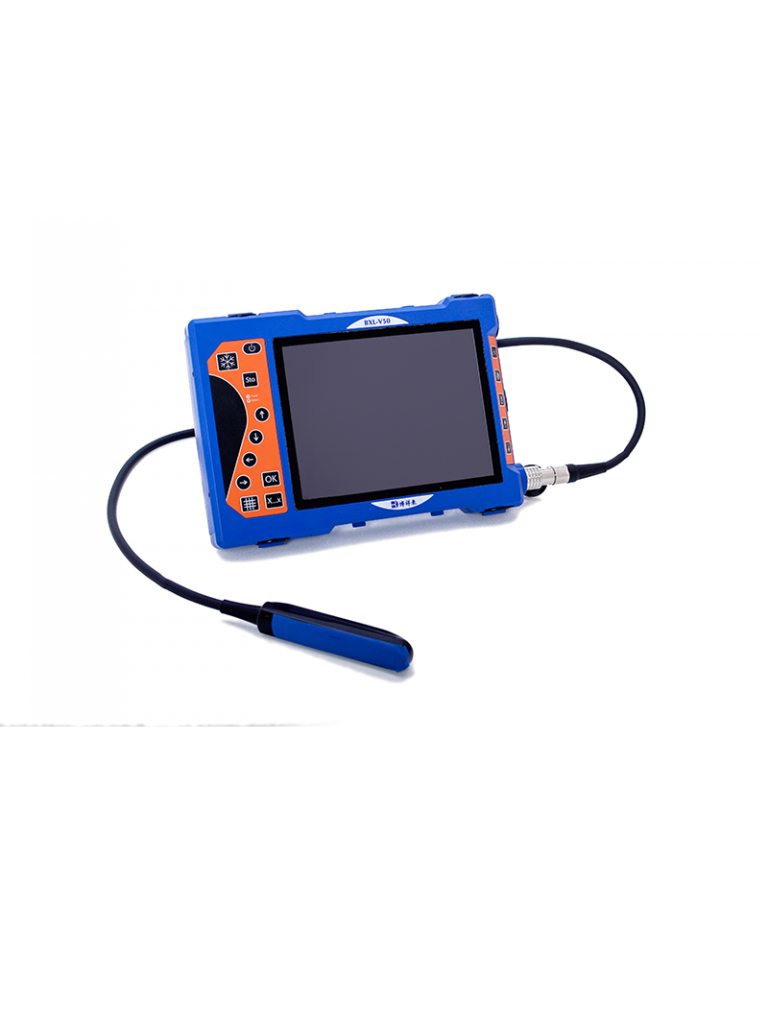BXL Veterinary Ultrasound Device for Camel Testing Price: Everything You Need to Know
In the world of veterinary care for camels, accurate and timely diagnostics are crucial for ensuring the health and well-being of these unique and valuable animals. Whether used for assessing reproductive health, diagnosing injuries, or monitoring internal conditions, the BXL veterinary ultrasound device for camel testing is an essential tool for veterinarians working with these large mammals. If you’re considering investing in this advanced ultrasound technology, understanding the BXL veterinary ultrasound device for camel testing price is key. This article will provide an in-depth look at the factors influencing the price, the benefits of using this technology, and an overview of the costs associated with purchasing a BXL ultrasound system for camel care.

What Is a BXL Veterinary Ultrasound Device for Camel Testing?
The BXL veterinary ultrasound device is a cutting-edge diagnostic tool designed to offer non-invasive, real-time imaging of a camel’s internal organs, muscles, soft tissues, and reproductive system. It uses high-frequency sound waves to create detailed images of the animal’s internal structures, providing invaluable insights into their health. This technology allows veterinarians to detect and diagnose a variety of conditions, such as internal injuries, infections, reproductive issues, and gastrointestinal problems.
The BXL ultrasound device is especially useful in camel care for monitoring pregnancy, assessing joint and tendon injuries, and ensuring the overall health of camels in both breeding programs and commercial settings.
Factors Influencing the BXL Veterinary Ultrasound Device for Camel Testing Price
Several factors play a role in determining the price of a BXL veterinary ultrasound device for camel testing. Understanding these factors can help you make an informed decision when purchasing an ultrasound system for your veterinary practice.
1. Model and Features
The price of a BXL ultrasound device can vary significantly depending on the model and features. Entry-level models, which offer basic imaging capabilities, tend to be more affordable, while high-end models with advanced features such as color Doppler, higher resolution screens, and 3D imaging tend to come at a higher cost. For camel testing, advanced features such as color Doppler imaging for monitoring blood flow and detailed organ analysis may be particularly valuable.
2. Portability
Portability is another important factor that affects the price. A portable ultrasound system designed for on-site use in rural or desert regions, where camels are often found, may come with a premium price tag. However, the convenience of a portable device that can be easily transported to different locations can be invaluable for veterinarians working with camels in various environments.
3. Screen Size and Imaging Resolution
The size of the screen and the resolution of the images produced by the ultrasound device also affect the price. Larger, high-resolution screens provide clearer and more detailed images, which can improve diagnostic accuracy. For camels, where large internal organs need to be assessed, having high-quality imaging can make a big difference in the effectiveness of the examination.
4. Probes and Accessories
Ultrasound probes and additional accessories, such as carrying cases, batteries, and image analysis software, also contribute to the overall price. Some models come with specialized probes for assessing different areas of the camel’s body, such as the reproductive system or joints. These specialized probes can increase the cost of the ultrasound system.
5. Brand and Manufacturer
The manufacturer’s reputation and the brand’s history in the veterinary field can influence the price of the BXL ultrasound device. Established brands with a track record of reliability and customer support tend to charge more for their devices, but they also offer the advantage of better service and warranty options. It’s essential to consider the long-term support and quality offered by the manufacturer when evaluating the price.
6. Warranty and Support
A longer warranty period and access to reliable customer support can justify the higher initial cost of the ultrasound device. Warranty packages often include maintenance, repair services, and software updates, which are important for ensuring that the equipment functions optimally throughout its lifespan.
Average Price Range for BXL Veterinary Ultrasound Device for Camel Testing
The price of a BXL veterinary ultrasound device for camel testing can vary based on the factors mentioned above. Below is an estimated price range for these ultrasound systems:
- Basic Models: $5,000 – $10,000
- These models provide essential imaging capabilities and are ideal for routine examinations and general diagnostic purposes. They may lack advanced features but can still be useful for diagnosing common health issues in camels.
- Mid-Range Models: $10,000 – $20,000
- Mid-range models offer more advanced features, such as higher resolution, portability, and additional probes for different examinations. These devices are suitable for veterinarians who require more detailed imaging and diagnostics.
- High-End Models: $20,000 – $40,000+
- High-end BXL ultrasound systems come with state-of-the-art features, including color Doppler imaging, large high-resolution screens, and specialized probes. These devices are perfect for large veterinary practices, zoos, or breeding programs that require the most advanced imaging capabilities.
Benefits of Investing in a BXL Veterinary Ultrasound Device for Camel Testing
The investment in a BXL veterinary ultrasound device for camel testing offers numerous advantages, both in terms of the quality of care provided and the efficiency of veterinary practices.
1. Non-Invasive Diagnostic Tool
BXL ultrasound devices are non-invasive, meaning that they can assess the internal health of a camel without the need for surgery or intrusive procedures. This makes the diagnostic process less stressful for the animal and reduces the risk of complications.
2. Accurate and Real-Time Imaging
The real-time imaging capabilities of BXL ultrasound allow veterinarians to obtain immediate feedback on the camel’s internal health. With high-quality images of soft tissues, organs, and joints, veterinarians can make precise diagnoses and formulate targeted treatment plans.
3. Early Detection of Health Issues
Early detection is key to preventing serious health problems. BXL ultrasound allows veterinarians to identify issues such as tumors, infections, and reproductive complications in their early stages, ensuring that camels receive prompt and effective treatment.
4. Improved Reproductive Health Management
BXL ultrasound is invaluable for monitoring reproductive health in camels, especially for breeding programs. It helps in confirming pregnancy, monitoring fetal development, and detecting any complications during pregnancy. This leads to healthier pregnancies and better reproductive outcomes.
5. Portability for On-Site Testing
BXL ultrasound devices are portable, which is a significant advantage when working with camels in remote locations. Whether performing an exam in a rural area or at a camel market, the ability to bring the ultrasound to the animal can save time and reduce stress for both the camel and the veterinarian.
6. Versatility in Diagnosing Multiple Conditions
Beyond reproductive health, BXL ultrasound can be used to monitor a wide range of conditions, including gastrointestinal issues, musculoskeletal injuries, and internal infections. This versatility ensures that veterinarians have a reliable tool for diagnosing various health issues in camels.
How to Choose the Right BXL Ultrasound Device for Camel Testing
When selecting a BXL ultrasound device for camel testing, consider the following:
- Evaluate the types of tests you need to perform: Do you primarily need the ultrasound for reproductive health, injury diagnosis, or internal organ assessment?
- Consider the portability: Will you need to take the device to different locations, such as farms or remote areas?
- Think about the long-term investment: Look for a device with a good warranty and customer support, as this can save you money on maintenance and repairs over time.
- Assess your budget: Determine which model fits your budget while meeting your diagnostic needs.
Conclusion
The BXL veterinary ultrasound device for camel testing is a powerful and essential tool for maintaining the health and well-being of camels. While the price of the ultrasound device can range from $5,000 to over $40,000 depending on the model and features, the investment is well worth it for the enhanced diagnostic capabilities, early detection of health issues, and improved treatment outcomes it provides. By choosing the right device for your specific needs, you can ensure that your veterinary practice offers the highest level of care for camels, ultimately improving their health and longevity.
If you’re ready to invest in a BXL ultrasound system, take the time to research various models, compare prices, and consult with manufacturers to find the best solution for your camel testing needs.





Great breakdown of features and pricing. Makes it easier to compare options before buying. Helpful read for those exploring ultrasound devices.